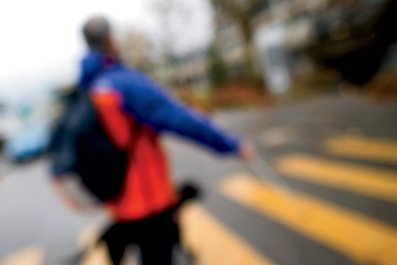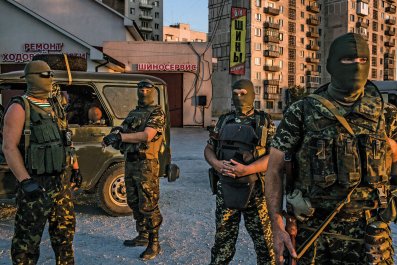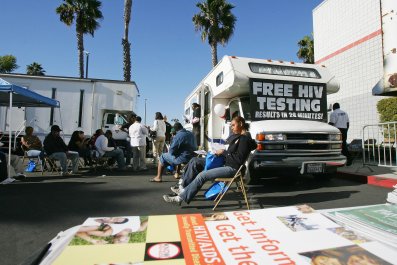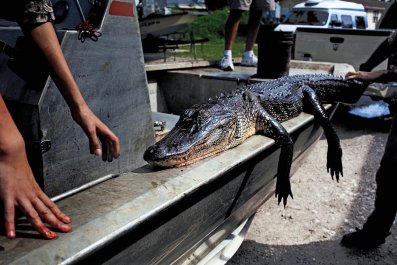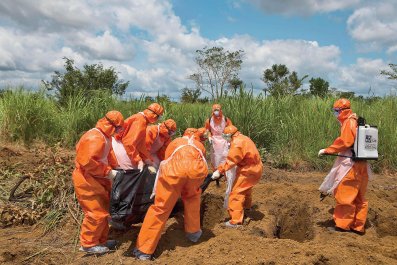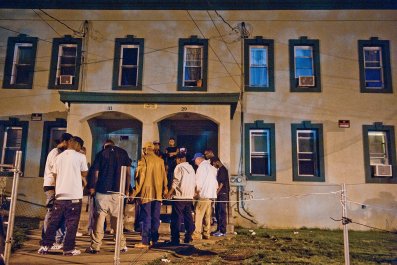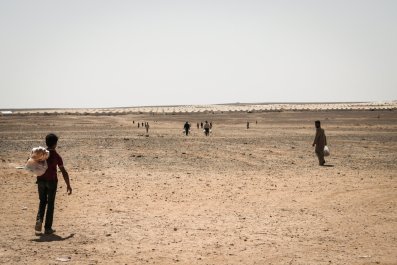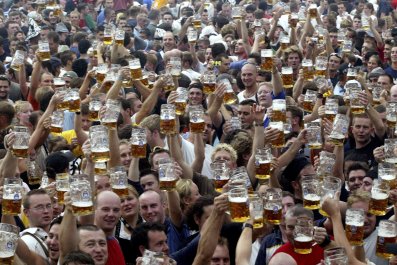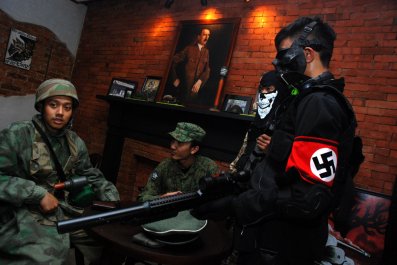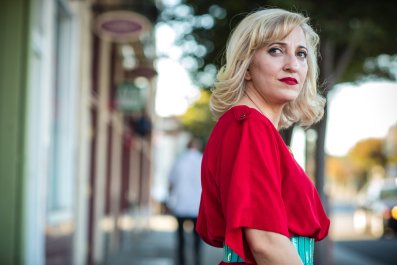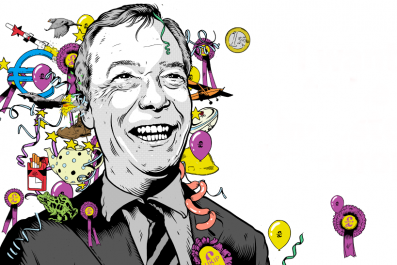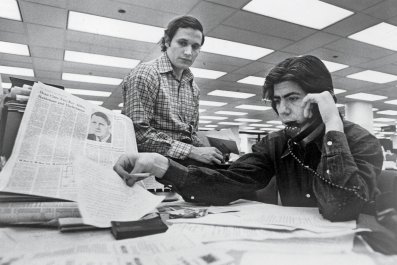"I eat like a vulture," Groucho Marx said. "Unfortunately the resemblance doesn't end there." William Brown of the Just William books, required by his fragrant school-teacher to write a poem about birds, came up with:
"I circle round and round and then
Dead men I eat, I eat dead men."
Which is as elegant a tribute to the vulture as we could wish for.
So yes, humans have always felt uneasy about vultures, uncomfortable with their association with death and finding their scavenging habits sordid and uninspiring. The vultures' tendency to naked and unfeathered heads and necks makes them ugly in human eyes; we don't consider the fact that feathers get clogged and matted when repeatedly stuffed into corpses. Nor would we find that thought helpful in exciting sympathy for vulture kind.
Why go out of our way to help a vulture? What have vultures ever done for us? How could we find anything good to say about a creature with so depraved a lifestyle? Wouldn't we be better off without them?
They tried that experiment in India, Pakistan and Nepal in the 1990s. They reduced vultures to almost zero in a shockingly brief few years. Not even the dodo went that quickly. It wasn't deliberate. But human beings are as catastrophic in their carelessness as they are when they destroy stuff on purpose.
The reason was diclofenac. This is a veterinary drug, a non-steroidal anti-inflammatory that is useful in looking after livestock. But when your free-ranging cow dies and the vultures perform their time-hallowed job of clearing up, they ingest the drug. It causes acute kidney failure and the vultures die almost at once.
More or less overnight the vulture population collapsed. More than 99% of vultures vanished. As a result, the ecology of the South Asian countryside was altered at a stroke. Corpses lay on the ground to rot. Feral dog packs sprang up to try to fill the gap, with all their attendant inconveniences and their propensity to spread rabies. Suddenly the advantages of a healthy population of vultures were made clear. There were cultural problems too: it was no longer possible to perform traditional sky-burials, in which a dead human is returned to the economy of nature by means of vultures.
So the departed vultures were a dramatic problem, and one that attracted widespread attention. The drug has now been banned in India, and there are signs of recovery. It'll be slow: there is no recovery at the catastrophic rate at which there is decline. Nature doesn't work like that.
So what is the logical next step? That's obvious: introduce diclofenac into Europe, where there are four species of breeding vulture. And that is precisely what's happening. Diclofenac has been authorised for use on domestic animals in Spain and Italy.
Vultures are part of Southern Europe. Places like the Coto Doñana in Spain are filled with free-ranging cattle and horses. When they die, the searchlight-eyed vultures come cruising in from far away to do the clearing-up.
It has been estimated that without vultures, Spain would produce an extra 200,000 tonnes of greenhouse gases every year from the incineration of carcases. Spain has 80% of the European population of three species of vulture. There are plenty of arguments for the conservation of non-human species, but we really don't need to look beyond economics when it comes to vultures.
It's recently become clear that diclofenac affects eagles as well as vultures. The hunting eagles may be a symbol of human aspiration and might, but they don't turn their beaks up at carrion when it happens to turn up. Eagles, like everyone else, never object to a free lunch. The Spanish imperial eagle, as impressive a bird as can be found in Europe and the pride and glory of Spain, is potentially under threat.
The future of vultures and eagles comes down to a single question: is diclofenac essential? It is not. There are alternatives. Neither farmers nor vets need fear. Alternative drugs have been tried out with complete success in India. So Europe needs to be convinced of this.
Birdlife International are assembling copious scientific evidence of the problems caused by diclofenac and of the viability of alternatives. There are campaigns being launched to ban the drug from Europe.
The situation is critical but not hopeless. Ivan Ramirez, head of conservation for Birdlife in Europe and Central Asia, says: "An incredible amount of money has already been invested by the European Union into the conservation of vultures. It is simply silly not to maintain their protection. We must tackle these new threats."
States in the EU have a legal obligation to conserve vultures under the EU Birds Directive. Under the EU Veterinary Drugs legislation they are also required to avoid drugs that cause ecological damage. It really should be an open and shut case, but it's a fact that diclofenac is now commercially available in Spain and Italy.
Dr Toby Galligan, a conservation scientist, contributed a paper to Birdlife's journal Bird Conservation International. In this he stated unequivocally enough: "Wherever free-ranging livestock is treated with diclofenac, population declines in vultures and eagles can occur. The European Commission needs to recognise the problem and impose a continent-wide ban on veterinary diclofenac before it can impact on our birds."
Vultures specialise in unpowered flight. They can soar and glide most of a long day without troubling to flap a wing. They are masters of the air, in a way that is far beyond human envy, climbing effortlessly to heights almost beyond human sight though not vice versa. At such moments it is possible even for humans to understand that vultures are not altogether without beauty.






